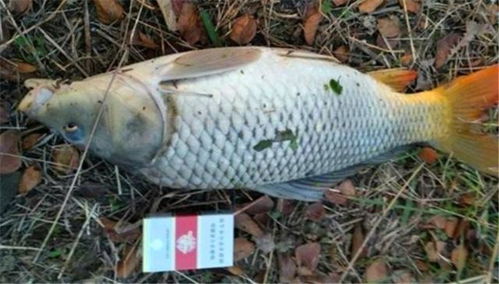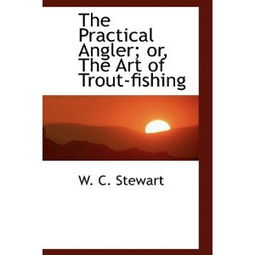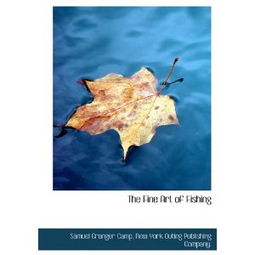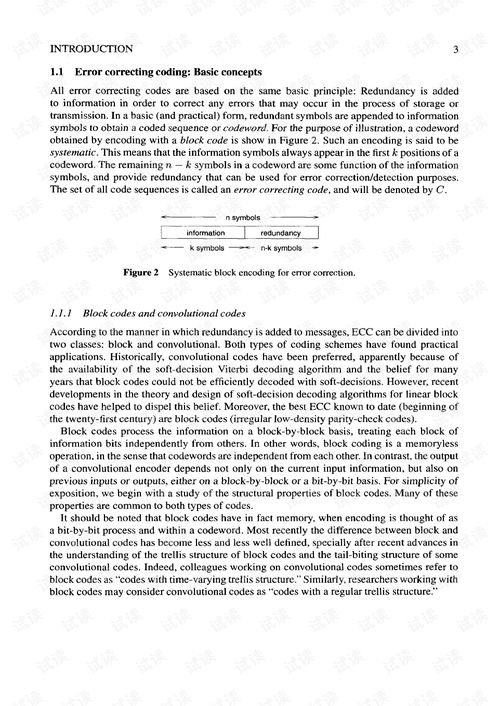Content:
Float fishing, an ancient yet enduring method of angling, has stood the test of time, captivating anglers across the globe. Whether you're a seasoned pro or a beginner, the allure of catching fish with a simple rod, line, and bait is undeniable. However, mastering the art of float fishing, especially in deep water, requires patience, practice, and a keen understanding of the techniques involved. In this article, we will delve into the intricacies of float fishing in deep water, providing you with valuable insights and tips to help you become a proficient angler.
Choose the Right Equipment
The first step in mastering deep-water float fishing is selecting the appropriate equipment. Here are some essential items to consider:
a. Rod: A medium to heavy-duty rod with a fast or extra-fast action is ideal for deep-water fishing. This type of rod will help you feel the subtle movements of the fish and provide the necessary power to set the hook.
b. Reel: A quality reel with a smooth drag system is crucial. A spinning reel is often preferred for deep-water fishing due to its lighter weight and easier handling.
c. Line: Use a monofilament line with a breaking strength of 10-15 pounds. This line will provide enough strength to handle the fish while remaining flexible enough to cast and retrieve effectively.
d. Float: Select a float that is appropriate for the depth and type of water you're fishing. A longer float will work better in deeper water, as it will provide more leverage and allow you to cast further.
e. Leader: A leader of 6-12 inches in length with a small swivel or loop at the end will help prevent tangles and allow the bait to sink more naturally.
Adjusting the Float
One of the most critical aspects of deep-water float fishing is adjusting the float to the desired depth. Here's how to do it:
a. Tie your mainline to the bottom of the float, leaving enough room for the bait to hang freely.
b. Attach the leader to the float with a small swivel or loop.
c. Add shot to the line until the float is just visible above the water's surface. Adjust the shot until the float is at the desired depth.
d. Make sure the bait is positioned several inches above the hook to prevent it from snagging on the bottom.
Presenting the Bait
In deep water, it's essential to present the bait in a way that mimics natural prey. Here are some tips for effective bait presentation:
a. Use a lively and natural-looking bait, such as a worm, grub, or lure, to attract fish.
b. Cast the bait to the desired location and allow it to sink to the predetermined depth.
c. Gently twitch the rod tip to mimic the natural movement of the bait.
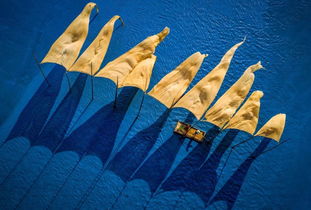
d. Vary the retrieve speed to keep the bait interesting and encourage strikes.
Reading the Float
Reading the float is a skill that takes time to develop but is essential for successful deep-water float fishing. Here's how to interpret the float's movements:
a. A sudden drop in the float indicates a fish has taken the bait. Set the hook immediately.
b. A series of quick taps on the float suggests a small fish is nibbling at the bait. Be patient and wait for a more definitive bite.
c. A gradual rise in the float may indicate the fish is moving away. Gently reposition the bait and try again.
Patience and Practice
Deep-water float fishing requires patience and practice. Spend time mastering the techniques discussed in this article, and don't be discouraged by initial setbacks. As you gain experience, you'll become more adept at reading the water and detecting subtle bite signals.
In conclusion, mastering the art of float fishing in deep water is a rewarding endeavor that requires the right equipment, proper technique, and a bit of patience. By following the tips and insights provided in this article, you'll be well on your way to becoming a proficient deep-water angler. Happy fishing!

